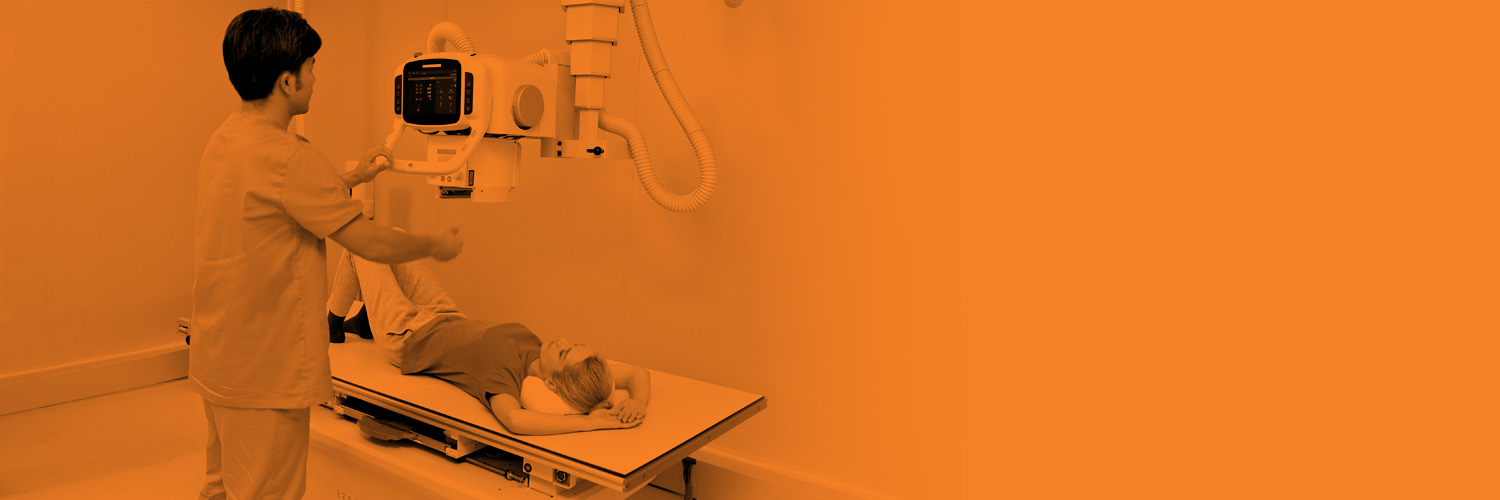
Accelerate your productivity with our Smart Room Assist features, which can help you capture up to 200 more images each year* for a considerable boost to patient throughput and workflow efficiency.
Read below to learn more about how each feature can boost your productivity for a faster, easier image experience.
Patient-Position Monitoring: From the operator console, a live camera view helps confirm patient positioning, letting you see if they’ve moved out of position prior to exposure.
Virtual Collimation: Using a live camera view, operators can quickly adjust collimation directly from the console—which also reduces patient exposure and avoids clipping anatomy.
Positioning Overlay: From the console, operators can make sure the patient is in ideal position within the imaging field—before exposure—with a remote camera view outfitted with AEC cells and detector boundaries.
Align Assist: From the tubehead display, radiographers can verify alignment between the tubehead and detector for out-of-bucky shots to avoid retakes.
Virtual LLI: From the console—using a live camera view—operators can set and adjust the auto-long-length imaging exposure region, delivering a user-friendly boost in productivity and improved image consistency.
Smart Patient Position: Augments the live camera view with overlays for patient position correction/verification, pose verification, and detector boundary—allowing for more accurate alignment and consistent image acquisition.
Smart Technique: AI automatically selects the appropriate acquisition technique. Exposure issues contribute, on average, to up to 15% of retakes, according to a study from the Journal of the American College of Radiology.
Audio Assist: From the console, remotely communicate back and forth with the patient to seamlessly guide them through the procedure, answer questions, and confirm precise positioning.
Video Assist: Using a supplemental monitor, displays positioning guide photos to help the patient properly position themselves for the exam.
* Based on a 2% reduction in image rejects and 10,000 images/year with an average imaging time of 50 seconds per image.
"The workflow and efficiency features of Smart Room Assist help our radiographers complete exams more quickly."
"Virtual collimation is beneficial for recollimation or to make fine adjustments after initial position. This saves us time from going back into the room to make the adjustments and reduce dose to the patient."
"The faster workflow enabled by Smart Room Assist features creates efficiency and helps us address the strain of staffing shortages."